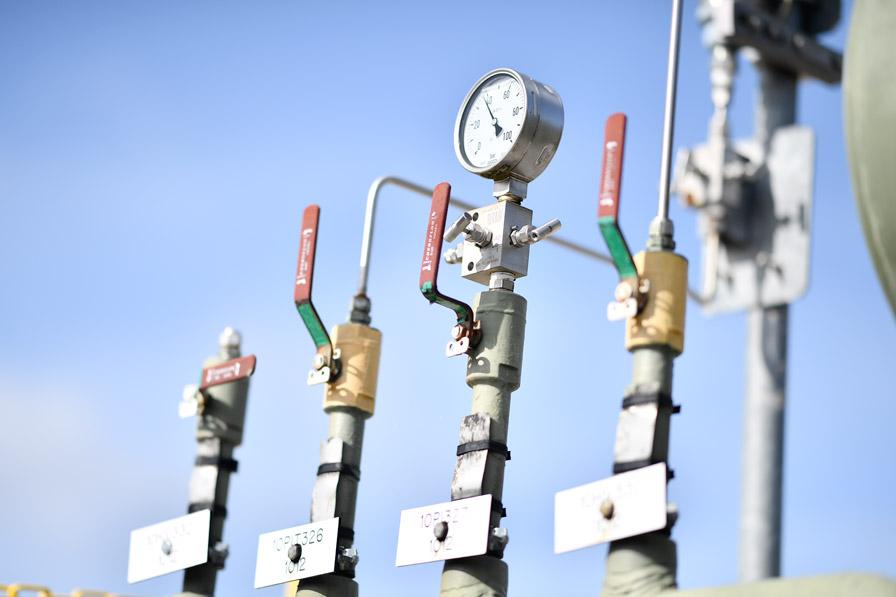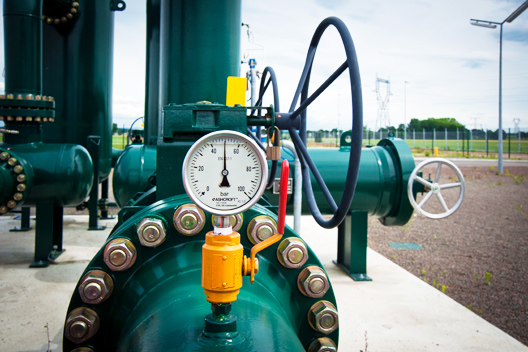GRTgaz notes an interruption to physical flows between France and Germany

The first five months of the year saw gas consumption fall by 22 TWh compared to the same period in 2022. This was despite gas-fuelled power plants increasing their consumption by 40% due to the lower availability of nuclear power stations and the low production levels of renewable electric energy.
The onset of summer also leads to lower gas consumption.
Storage levels increased from 19% in mid-March to over 56% at present (compared to the usual figure of 50% for the same date). The French storage facility injection campaign started earlier than in previous years. The average European storage level, by comparison, is 52%.
Ensuring that French storage facilities are well filled ahead of the coming winter must remain a priority for all gas shippers and stakeholders.
Compared to 2021, gas flows from interconnection points located to the east of France (in particular France-Germany) were 60% lower for the first five months of the year.
Since 15 June, GRTgaz has observed an interruption to the physical flows between France and Germany. This flow was 60 GWh/day at the start of 2022, i.e. just 10% of the interconnection point’s capacity.
However, the South-North flow at the interconnection point between France and Spain (Pirineos) has increased: more than 100 GWh/day on average since 1 March, with 220 GWh/day seen during some days in May.
LNG terminals are being heavily used and are near to their technical limit. LNG inflows over the first five months of the year increased by 66%, i.e. an additional 51 TWh. The opportunities to import LNG are evolving, while the Fos-Cavaou LNG terminal has increased its capacities to 11 TWh in 2022, 13 TWh in 2023, and 30 TWh in 2024. All of these new capacities have been reserved by the various gas suppliers. An increase in injection capacities from the Dunkirk LNG terminal is anticipated soon.
Beyond this, following the agreement granted to GRTgaz by the French Energy Regulation Commission (CRE), the project to connect a Floating Storage Regasification Unit (FSRU) in the port of Le Havre is being carried out in connection with TotalEnergies, HAROPA, the Le Havre Seine Métropole urban area, and the French Ministry of the Ecological Transition. This project would create an additional import capacity of 45 TWh/year, bolstering the resilience of the French system while increasing solidarity with neighbouring countries. Work is set to begin in Autumn 2022, with commissioning expected for summer 2023.
Given the levels of French stocks and the increase in LNG imports, GRTgaz remains cautious for the coming winter, and is calling on shippers to continue filling national storage facilities as much as possible. In the event of a total halt to Russian gas deliveries, and given a normal winter, France should be able to balance the supply and demand of the country’s gas system. In the event of severe or late-winter cold spells, GRTgaz would in all likelihood activate an alert mechanism to reduce gas consumption. It could issue supply reduction or interruption orders for some industrial customers that had previously signed a commitment to reduce their consumption, upon request, in return for compensation (“interruptibility contracts). Or it could even activate the national load offsetting mechanism (consumption reduction order for certain large consumers whose consumption exceeds 5GWh/year, in compliance with a load offsetting plan aimed at securing the gas supply for sensitive sites and residential heating – Decree of 8 April 2022).
To go further

Load shedding Decree
